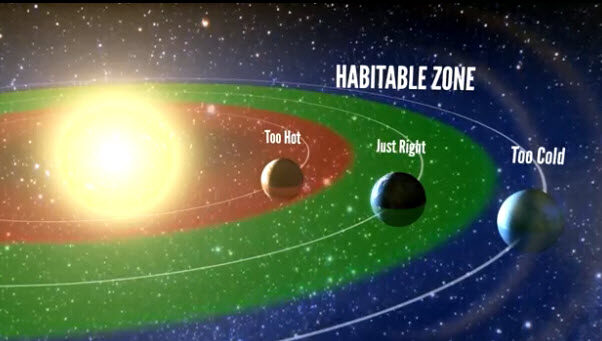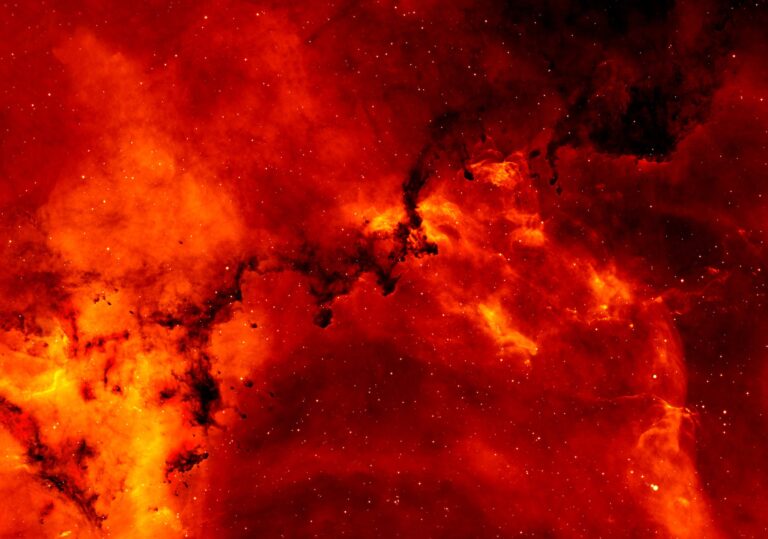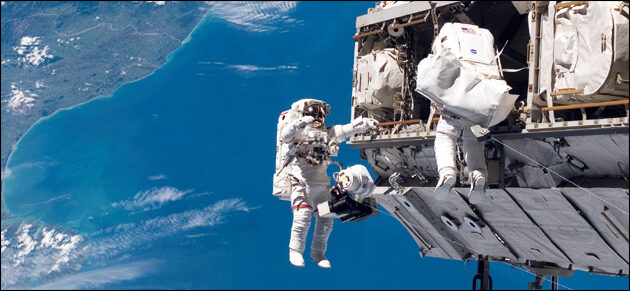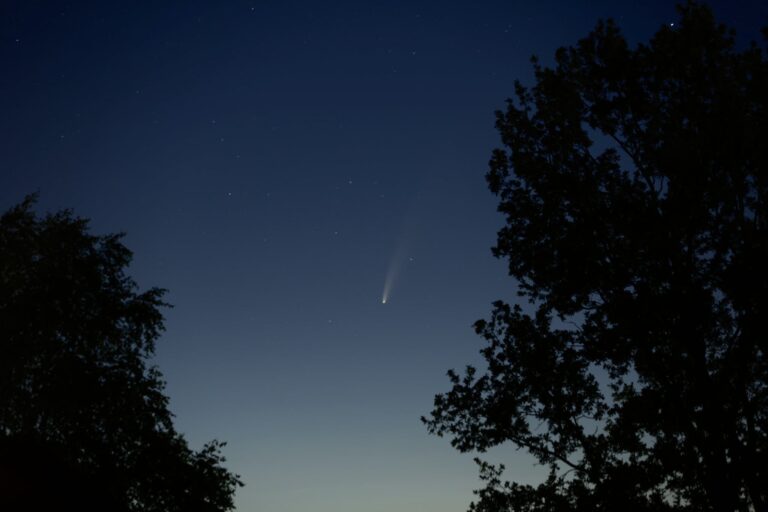Why Does Uranus Spin The Wrong Way?
Also Check: SpaceX Back In Business
Venus is named after the Roman goddess of love and beauty, but it’s actually a really weird place, proven by the fact that a single day on Venus actually takes longer than a year on Venus. Venus is also weirdly the only planet to spin completely clockwise. Uranus is just as weird as it spins on its side. This movement is known as retrograde rotation and has puzzled scientists for many years.
William Herschel first observed Uranus on 13 March 1781, and thought it was a planet-like comet. He actually wanted to call it Georgium Sidus as a tribute to the then King of England, King George III, but the name was predictably unpopular outside of Great Britain. Other proposed names were Neptune George III or Neptune Great Britain, which I actually don’t mind to be honest, being a Brit myself. A German scientist, Johann Elert Bode then proposed Uranus, the Latinized version of the Greek god of the sky, Ouranos. He said that the names of the planets should follow some order and he was probably right to be honest.

All the planets in our solar system spin from West to East, apart from Venus and Uranus. Scientists have known this for a very long time but they could never concretely explain why. Uranus has an especially peculiar movement as it practically spins on its side and Venus spins in completely the opposite direction to us. Given that all the planets were created in similar ways, they should all spin the same way, in theory of course. The belief is that the solar system was formed by the destruction and chaos in rotating gas clouds, which the planets, such as Earth, carried over and continued. Venus and Uranus, however, had other ideas and spin in what is known as a retrograde rotation, or opposite to the direction of the sun.

The most common theory when it comes to retrograde rotation states that something must have collided with both Venus and Uranus at some point in history to have caused the odd behavior. To cause the change of direction, the impact must have been enormous and probably involved planet sized objects. Others have suggested that Uranus may have once had an enormous moon that dragged its planet down with its gravitational pull; a bit like a needy younger brother dragging you back. Some suggested it could have been a series of smaller collisions that caused the rotations.
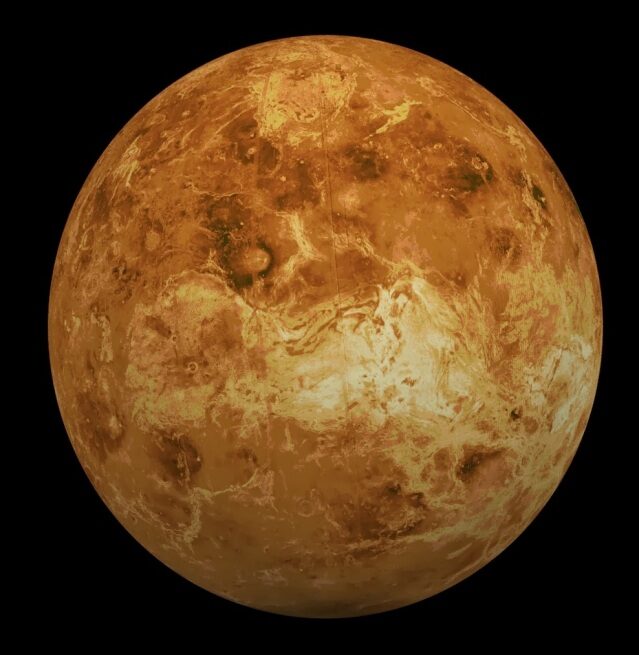
It is thought that Venus once rotated like the rest of us, counter-clockwise, but then slowed, stopped and started going the other way. This should explain why it takes 243 days to fully rotate, but takes 225 days to get around the Sun. Venus is famed for having one of the thickest atmospheres of all the planets, and its proximity to the Sun might mean that gravity reacts differently to it. This theory is known as Tidal Torque and might explain Venus’s retrograde rotation, especially if it got hit by another planet at some point.
The mystery isn’t solved but here is a fairly detailed explanation of retrograde rotation.
Please like my Facebook page if you want to read more and get my latest posts!
